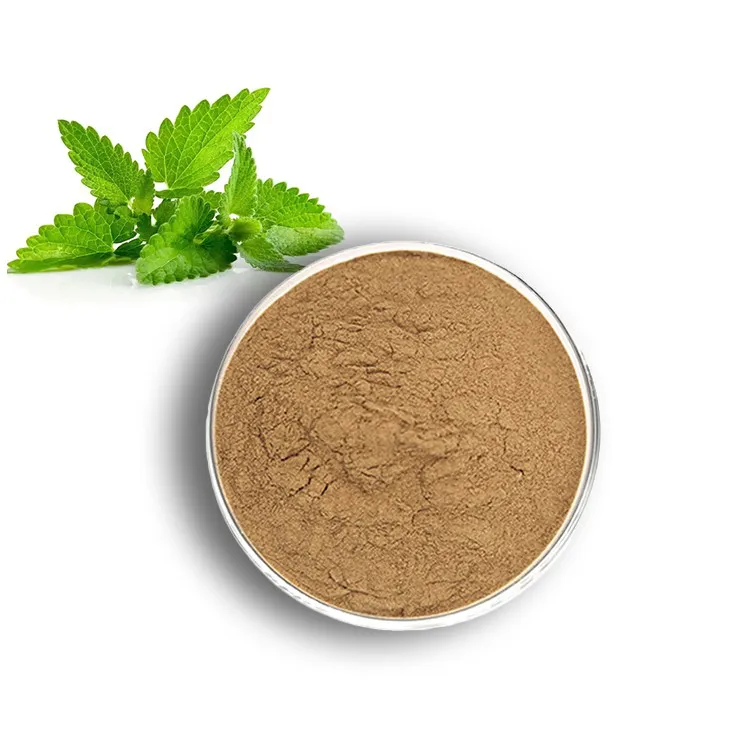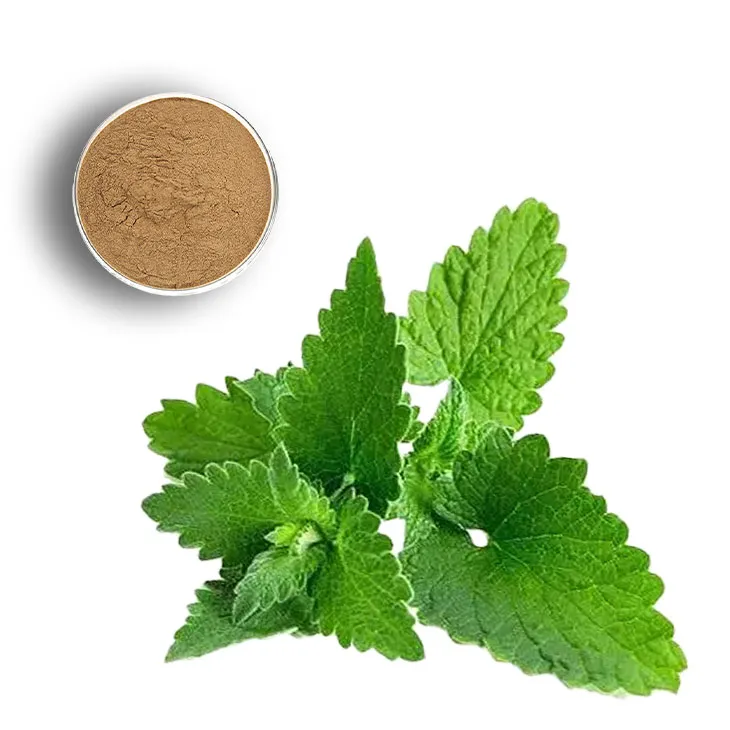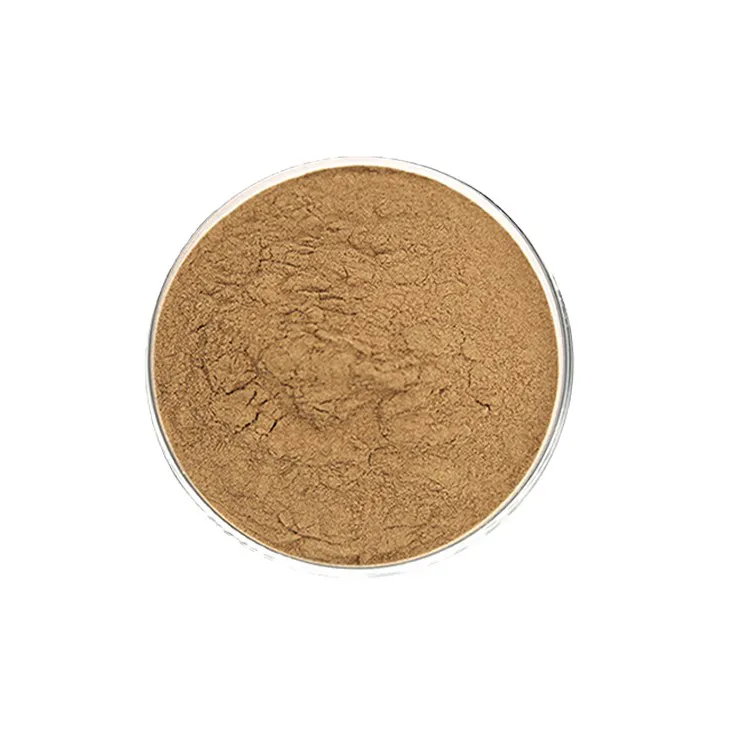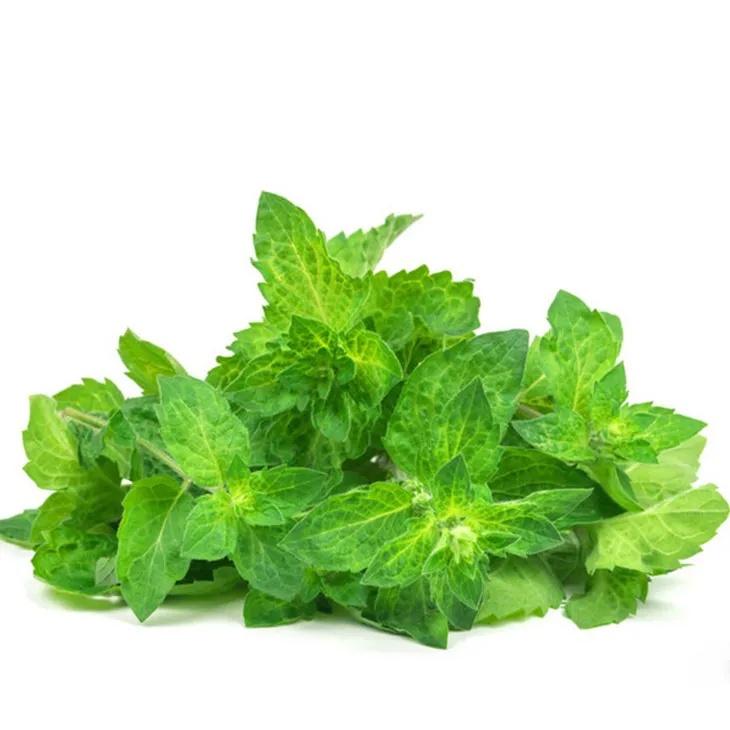- 0086-571-85302990
- sales@greenskybio.com
The process of extracting citral from lemon balm extract.
2024-11-26

1. Introduction
Citral is an important natural compound with a wide range of applications in the food, perfume, and pharmaceutical industries. Lemon balm (Melissa officinalis) is a rich source of citral. Extracting citral from Lemon Balm Extract has become a significant research area, aiming to obtain high - yield and high - purity citral while ensuring quality control throughout the extraction process.

2. Characteristics of Lemon Balm Extract as a Raw Material for Citral Extraction
2.1 Chemical Composition
- Lemon Balm Extract contains various chemical components. Besides citral, it has other terpenoids, flavonoids, and phenolic compounds. These components may interact during the extraction process, which can influence the extraction efficiency of citral.
- The presence of flavonoids and phenolic compounds can act as antioxidants. However, they may also form complexes with citral or interfere with the extraction solvents, thus affecting the final yield and purity of citral.
- The texture and moisture content of lemon balm extract can impact the extraction process. If the extract has a high moisture content, it may require different extraction conditions compared to a dry extract.
- The particle size of the extract also matters. Finer particles generally offer a larger surface area for solvent interaction, potentially increasing the extraction rate of citral.

3. Traditional Extraction Methods
3.1 Hydrodistillation
- Principle: Hydrodistillation is based on the principle that when plant material is heated in water, the volatile compounds, including citral, are vaporized along with the water vapor. The vapor is then condensed, and the resulting liquid contains the extracted citral.
-
Advantages:
- It is a relatively simple and traditional method. It does not require complex equipment and is suitable for small - scale extraction.
- It can extract a wide range of volatile compounds along with citral, which may be beneficial if a more comprehensive extract is desired.
-
Disadvantages:
- The extraction time is usually long, which may lead to the degradation of some heat - sensitive compounds, including citral. This can result in a lower yield and purity of citral.
- It requires a large amount of water and energy, making it less environmentally friendly and cost - effective for large - scale production.
- Principle: Solvent extraction involves using an organic solvent, such as hexane or ethanol, to dissolve citral from the lemon balm extract. The solvent is then separated from the extract, and citral is obtained after further purification.
-
Advantages:
- It can be more selective compared to hydrodistillation. Different solvents can be chosen based on the solubility of citral and other components, which may lead to a higher purity of citral.
- The extraction time can be relatively shorter than hydrodistillation, reducing the risk of citral degradation.
-
Disadvantages:
- The use of organic solvents may pose environmental and safety risks. Solvents need to be carefully handled, stored, and disposed of to prevent pollution.
- Some solvents may also extract other non - target compounds along with citral, which may require additional purification steps.

4. Modern Extraction Methods
4.1 Supercritical Fluid Extraction (SFE)
- Principle: Supercritical fluid extraction uses a supercritical fluid, usually carbon dioxide (CO₂), as the extraction solvent. Supercritical CO₂ has properties between those of a gas and a liquid. It can penetrate the lemon balm extract easily and selectively dissolve citral. The citral - rich supercritical fluid is then depressurized to separate citral from the fluid.
-
Advantages:
- It is a green extraction method as CO₂ is non - toxic, non - flammable, and environmentally friendly. There is no solvent residue in the final product, which is highly desirable for applications in the food and pharmaceutical industries.
- The extraction process can be precisely controlled by adjusting the pressure and temperature, resulting in high - purity citral with a relatively high yield.
-
Disadvantages:
- The equipment for supercritical fluid extraction is expensive, which limits its widespread use, especially for small - scale producers.
- Technical expertise is required to operate the equipment properly, and the extraction process may be more complex compared to traditional methods.
- Principle: Microwave - assisted extraction utilizes microwaves to heat the lemon balm extract and the extraction solvent. The microwaves cause rapid heating and increase the mass transfer rate of citral from the extract to the solvent.
-
Advantages:
- The extraction time is significantly reduced compared to traditional methods. This helps to preserve the integrity of citral and other heat - sensitive compounds.
- It can be energy - efficient as the microwaves directly heat the sample and solvent, reducing overall energy consumption.
-
Disadvantages:
- The extraction may be non - uniform if the microwave distribution is not proper. This can lead to variable yields of citral within the same batch of extraction.
- Specialized microwave - compatible equipment is required, which may add to the cost of extraction.

5. Comparison of Extraction Methods in Terms of Yield and Purity of Citral
5.1 Yield Comparison
- Hydrodistillation generally has a relatively lower yield of citral compared to modern extraction methods. The long extraction time and potential degradation of citral during the process contribute to this lower yield.
- Solvent extraction can have a moderate yield. However, the choice of solvent and the presence of interfering compounds can affect the final yield. For example, if the solvent is not highly selective for citral, other components may be co - extracted, reducing the relative amount of citral obtained.
- Supercritical Fluid Extraction (SFE) can achieve a relatively high yield of citral. The precise control of extraction conditions allows for efficient extraction of citral without significant loss. Moreover, the absence of solvent - related losses (such as solvent evaporation or incomplete separation) also contributes to a higher yield.
- Microwave - Assisted Extraction (MAE) can also result in a good yield of citral. The rapid extraction process minimizes the degradation of citral, and the efficient mass transfer can lead to a relatively high amount of citral being extracted from the lemon balm extract.
- Hydrodistillation may result in a lower purity of citral as it extracts a wide range of volatile compounds along with citral. These additional compounds may need further separation and purification steps to obtain high - purity citral.
- Solvent extraction can potentially achieve a higher purity depending on the choice of solvent. However, the risk of co - extraction of other compounds still exists, and additional purification steps may be necessary.
- Supercritical Fluid Extraction (SFE) is known for its ability to produce high - purity citral. The selectivity of supercritical CO₂ for citral and the absence of solvent residues make it an excellent method for obtaining pure citral.
- Microwave - Assisted Extraction (MAE) can also produce citral with relatively high purity. The rapid extraction process and the potential for more selective extraction can lead to a purer product, although further purification may still be required depending on the specific application.
6. Quality Control Measures during the Extraction Process
6.1 Raw Material Quality Assurance
- The quality of lemon balm extract used as the raw material is crucial. It should be sourced from reliable suppliers and should meet certain quality standards. Factors such as the variety of lemon balm, the growth conditions, and the harvesting time can affect the citral content and the overall quality of the extract.
- Before extraction, the lemon balm extract should be properly stored to prevent degradation. For example, it should be stored in a cool, dry place away from sunlight to maintain its chemical integrity.
- For each extraction method, the extraction parameters need to be optimized. In hydrodistillation, factors such as the extraction time, temperature, and water - to - material ratio should be carefully adjusted to maximize the yield and purity of citral.
- In solvent extraction, the choice of solvent, solvent - to - material ratio, extraction time, and temperature are important parameters. These should be optimized based on the characteristics of the lemon balm extract and the desired quality of citral.
- For supercritical fluid extraction, parameters such as pressure, temperature, and flow rate of the supercritical fluid need to be precisely controlled to ensure high - quality citral extraction.
- In microwave - assisted extraction, the microwave power, extraction time, and solvent - to - material ratio should be optimized to obtain the best results in terms of yield and purity of citral.
- After extraction, purification steps are often necessary to obtain high - purity citral. These may include distillation, chromatography, or crystallization techniques, depending on the initial purity of the extracted citral and the requirements of the final product.
- Regular analysis of the extracted citral is essential. Analytical techniques such as gas chromatography - mass spectrometry (GC - MS) can be used to determine the purity, composition, and quantity of citral. This helps in ensuring that the final product meets the quality standards for its intended applications.
7. Conclusion
The extraction of citral from lemon balm extract is a complex process that involves considering various factors. Traditional extraction methods such as hydrodistillation and solvent extraction have their own advantages and disadvantages, while modern methods like supercritical fluid extraction and microwave - assisted extraction offer new opportunities for more efficient and high - quality extraction. By understanding the characteristics of the raw material, comparing different extraction methods in terms of yield and purity, and implementing strict quality control measures, it is possible to produce high - quality citral from lemon balm extract for various applications in different industries.
FAQ:
1. What are the main traditional extraction techniques for citral from lemon balm extract?
Traditional extraction techniques mainly include steam distillation. In steam distillation, the lemon balm extract is heated with steam, and the volatile citral is carried along with the steam and then condensed and collected. Another traditional method could be solvent extraction, where a suitable solvent is used to dissolve citral out of the lemon balm extract.
2. What are the modern extraction techniques for citral from lemon balm extract?
Modern extraction techniques may involve supercritical fluid extraction. Supercritical CO₂, for example, can be used as a solvent under supercritical conditions to extract citral. This method has advantages such as high selectivity and less environmental impact. Microwave - assisted extraction is also a modern approach, which uses microwave energy to accelerate the extraction process, enhancing the efficiency of citral extraction from lemon balm extract.
3. How do the characteristics of lemon balm extract affect citral extraction?
The chemical composition of lemon balm extract is complex. The presence of other compounds may interfere with the extraction of citral. For example, some compounds may have similar physical and chemical properties to citral, which can make the separation more difficult. Also, the physical state and particle size of the lemon balm extract can influence the contact area with the extraction medium, thereby affecting the extraction efficiency of citral.
4. Which extraction method can achieve the highest yield of citral?
Among different extraction methods, supercritical fluid extraction often has the potential to achieve a relatively high yield of citral. This is because it can precisely control the extraction conditions to selectively extract citral. However, the actual yield also depends on various factors such as the quality of the lemon balm extract, extraction time, and pressure. Steam distillation may have a lower yield in some cases due to possible losses during the distillation process.
5. How to ensure the purity of citral during the extraction process?
To ensure the purity of citral, proper purification steps are needed. After the initial extraction, techniques like fractional distillation can be used to separate citral from other co - extracted substances. Chromatographic methods, such as column chromatography, can also be employed for further purification. Additionally, strict control of extraction conditions, such as temperature and solvent ratio, can help to minimize the extraction of impurities, thus enhancing the purity of citral.
Related literature
- Citral Extraction from Lemon Balm: A Review of Methods and Challenges"
- "Modern Approaches in Citral Isolation from Lemon Balm Extract"
- "Optimizing Citral Yield from Lemon Balm: An Overview of Extraction Technologies"
- ▶ Hesperidin
- ▶ Citrus Bioflavonoids
- ▶ Plant Extract
- ▶ lycopene
- ▶ Diosmin
- ▶ Grape seed extract
- ▶ Sea buckthorn Juice Powder
- ▶ Fruit Juice Powder
- ▶ Hops Extract
- ▶ Artichoke Extract
- ▶ Mushroom extract
- ▶ Astaxanthin
- ▶ Green Tea Extract
- ▶ Curcumin
- ▶ Horse Chestnut Extract
- ▶ Other Product
- ▶ Boswellia Serrata Extract
- ▶ Resveratrol
- ▶ Marigold Extract
- ▶ Grape Leaf Extract
- ▶ New Product
- ▶ Aminolevulinic acid
- ▶ Cranberry Extract
- ▶ Red Yeast Rice
- ▶ Red Wine Extract
-
Kidney Bean Extract
2024-11-26
-
Acai Berry Extract
2024-11-26
-
Carrageenan Extract Powder
2024-11-26
-
Peppermint Extract Powder
2024-11-26
-
Red Vine Extract
2024-11-26
-
Rosemary extract
2024-11-26
-
Ginger Extract
2024-11-26
-
Camu Camu Extract
2024-11-26
-
Calendula Extract
2024-11-26
-
Coconut Water Powder
2024-11-26





















